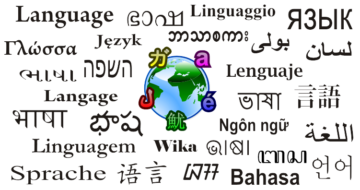Sonia Shah at the New York Times:
 Evidence of continuities between animal communication and human language continued to mount. The sequencing of the Neanderthal genome in 2010 suggested that we hadn’t significantly diverged from that lineage, as the theory of a “human revolution” posited. On the contrary, Neanderthal genes and those of other ancient hominins persisted in the modern human genome, evidence of how intimately we were entangled. In 2014, Jarvis found that the neural circuits that allowed songbirds to learn and produce novel sounds matched those in humans, and that the genes that regulated those circuits evolved in similar ways. The accumulating evidence left “little room for doubt,” Cedric Boeckx, a theoretical linguist at the University of Barcelona, noted in the journal Frontiers in Neuroscience. “There was no ‘great leap forward.’”
Evidence of continuities between animal communication and human language continued to mount. The sequencing of the Neanderthal genome in 2010 suggested that we hadn’t significantly diverged from that lineage, as the theory of a “human revolution” posited. On the contrary, Neanderthal genes and those of other ancient hominins persisted in the modern human genome, evidence of how intimately we were entangled. In 2014, Jarvis found that the neural circuits that allowed songbirds to learn and produce novel sounds matched those in humans, and that the genes that regulated those circuits evolved in similar ways. The accumulating evidence left “little room for doubt,” Cedric Boeckx, a theoretical linguist at the University of Barcelona, noted in the journal Frontiers in Neuroscience. “There was no ‘great leap forward.’”
As our understanding of the nature and origin of language shifted, a host of fruitful cross-disciplinary collaborations arose. Colleagues of Chomsky’s, such as the M.I.T. linguist Shigeru Miyagawa, whose early career was shaped by the precept that “we’re smart, they’re not,” applied for grants with primatologists and neuroscientists to study how human language might be related to birdsong and primate calls.
more here.
